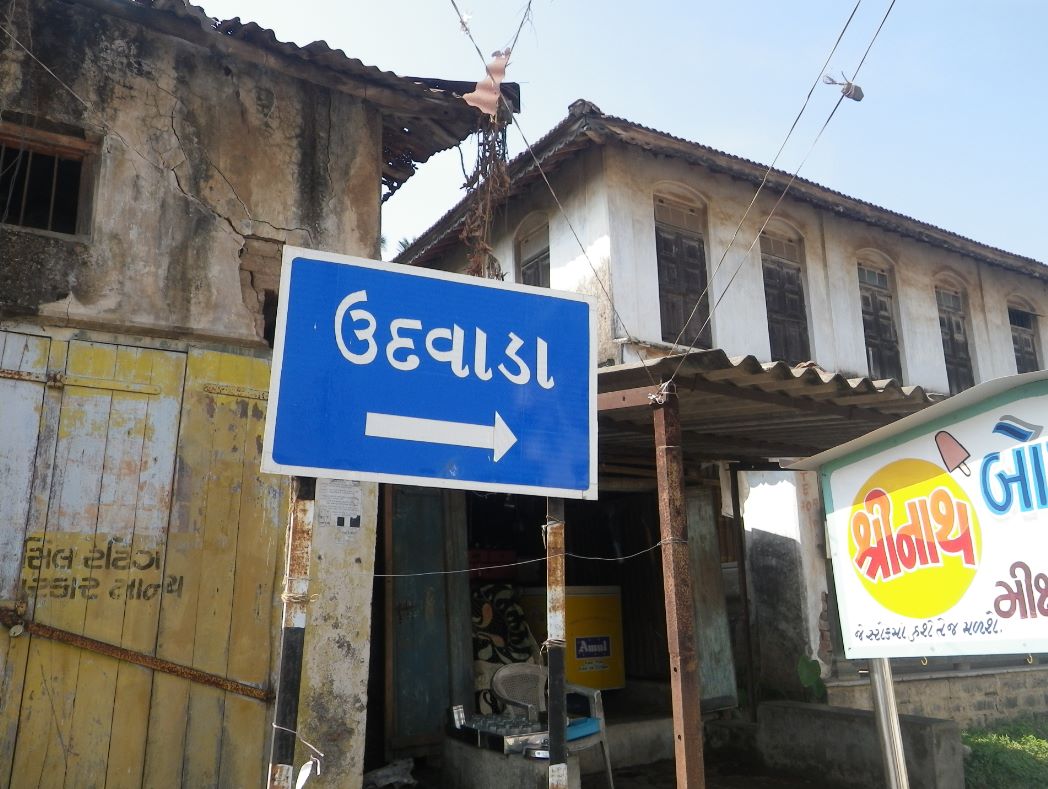Amit Mehta visits the predominantly Parsi village of Udvada and finds the flavours of a forgotten town.

If the sleepy little town of Udvada had a tagline, this would be it. Imagine, if you will, a town which you can cover on foot in less than an hour. A town where faith seems to be the only thing holding the dilapidated houses together. A town where the good old landline will still outnumber the latest iPhone, and cable television will give stiff competition to the newest Netflix release.
It seems almost unbelievable that such a town exists less than 200 kms away from Mumbai and around 15 kms from Gujarat’s favourite hangout for destination weddings and a tipple, Daman.
The love affair between Parsis and food is well documented. Their very first encounter after reaching the shores of Sanjan in Gujarat from Persia (now Iran) involved sugar and milk. These two ingredients pretty much served as their visa to the country. For such great lovers of food, it is but natural for Udvada to be a veritable treasure trove of culinary delights.
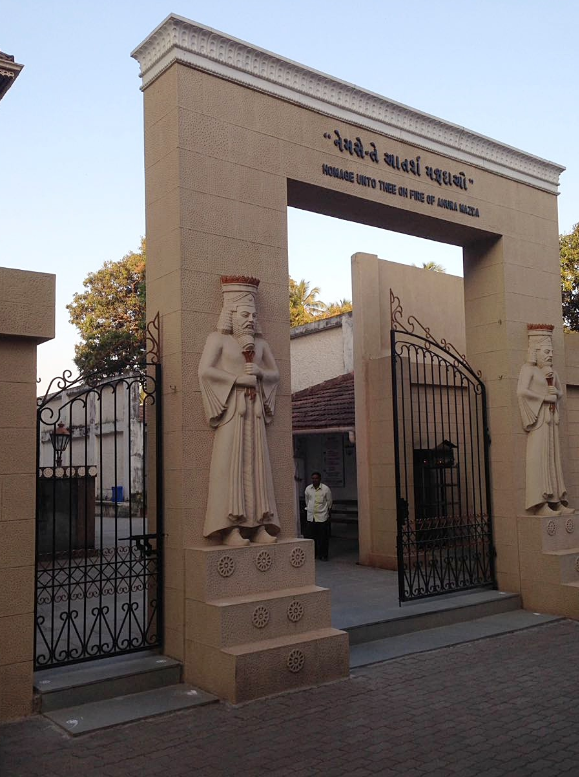

Image Credit: cookingwithshy
In Udvada, all roads lead to the Holy Grail for Parsis – the Iranshah Atash Behram – the oldest functional fire temple in the world established in 1742 AD. As you make your way through the narrow road, the handful of inhabitants stare at you – whether with suspicion or with general curiosity, you’ll never know.
Small shops, bakeries, and makeshift stalls on bicycles and rickshaws implore you to come forth and discover what they offer. Should you choose to spend a night in Udvada at one of the few basic hotels like Hotel Ashishvangh or Globe Hotel, chances are your morning alarm will be the aromas of freshly baked bread and biscuits wafting out of the bakeries: brun pav, crusty on the outside, yet yielding on the inside; chewy almond, walnut and cashew macaroons (distinct from the French macaron); crumbly buttery nankhatais; bhakras, crunchy Parsi biscuits best enjoyed with a cup of fudna ni choi (fresh peppermint and lemongrass tea); Surti butter biscuits, moist mawa cakes, and more.
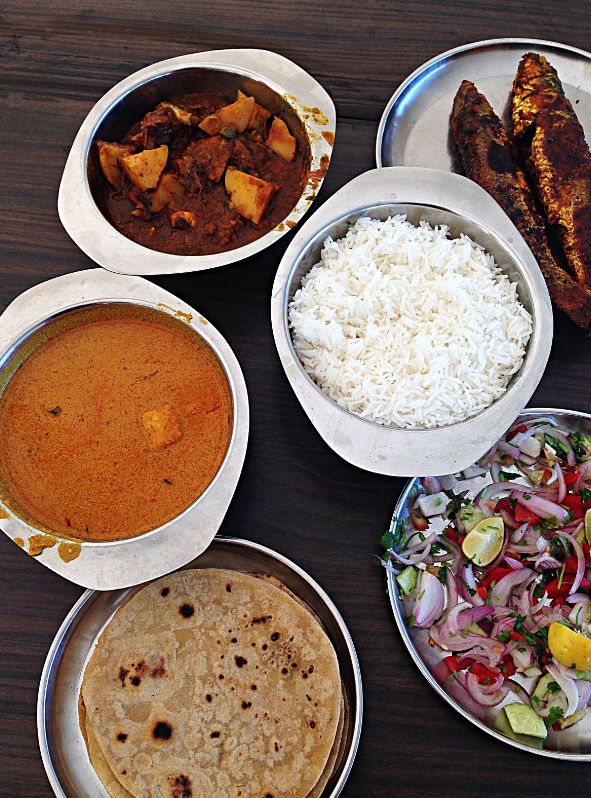
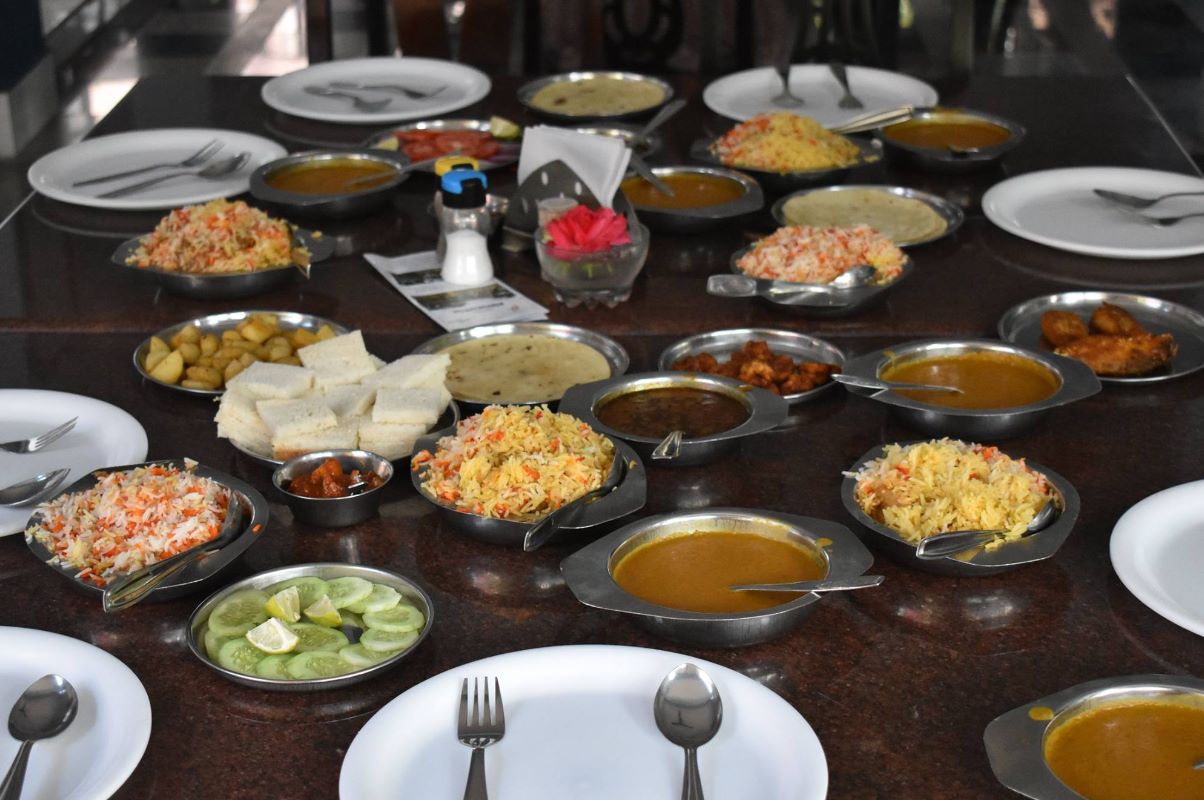
Image Credit: cookingwithshy
Following your nose will lead you to Udvada Bakers where you can sample these delights fresh out of the oven. For a heavier and meatier option, hotels all over town will serve you kheema pav, kheema ghotala, akuri, bheja, Parsi poro (omelette), khurchan (scrambled offal and goat meat), and more.
Parsis are known to end their breakfast, especially in winter, with doodh na puff, a frothy concoction of nothing but milk and sugar, occasionally flavoured with vanilla essence, cardamom, and nutmeg. In the days of yore, the milk used to be left on the terraces or rooftops to cool down, and the cooled milk was then beaten with a whisk to form the foamy, cloudy dessert. These are usually sold by local ladies who make them overnight and then go from hotel to hotel selling them in the morning.
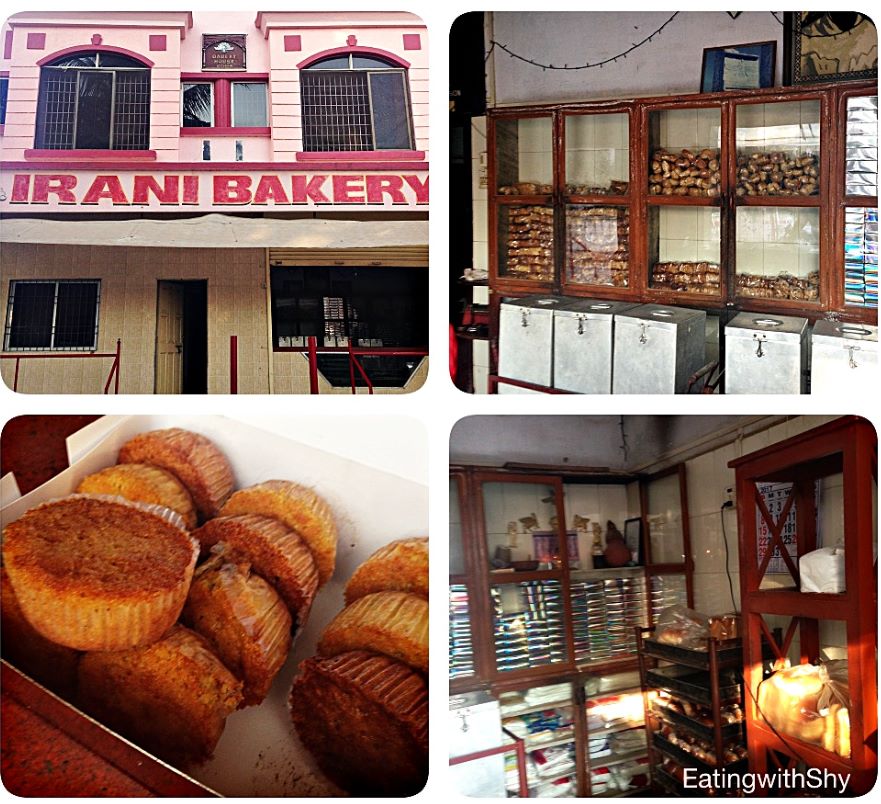
Image Credit: cookingwithshy
Until recently, there were no standalone restaurants in Udvada. So, for your meals, you would do best to walk into one of the lodging-boarding places and savour their delicacies. But now an enterprising and passionate mother-son duo has opened up Cafe Farohar, where you can just pop in as a guest and get a taste of Parsi gastronomic goodness. Most hotels offer a set menu (and you can’t go wrong with that), and if you go in expecting the popular dhansak, you’ll be disappointed. The places here serve some not-so-common dishes.
Being a coastal town, fresh fish is always on the menu, especially fried boi, the local mullet. Coated with basic masalas such as turmeric, red chilli, and salt, this version is distinct from the more popular rava-fried fish popular in Malvan cuisine.
Quite a bit of cooking here is still wood-fired, and this technique finds its best expression in Bhatia chicken, a dry preparation of chicken and potatoes. Bereft of any gravy, this was traditionally made to be carried on long journeys. Most places will serve you mutton pulao dal too, which is a popular festive dish served at weddings and navjotes.

If you’re lucky, you’ll be treated to patra ni macchi, which is fish (mostly pomfret) in a warm embrace of sweet-spicy-tangy coconut chutney, wrapped in banana leaves and steamed. It’s the perfect retort to all those who think all Parsi food is meat-heavy, fried, and not exactly healthy.
Other fan favourites include chicken farcha, the Parsis’ answer to KFC; salli gosht, sweet, tangy, and spicy goat curry with potato straws; and saas ni macchi, pomfret in a sweet and tangy white sauce. (Think Bechamel with a twist of vinegar and sugar.)
As your meal comes to an end, you’ll hear the honking of a rickshaw. Consider this as the announcement for your dessert. Local ice cream purveyors park their rickshaws outside hotels and share with diners the flavour of the day. The most popular is mango, only available during the season, of course. This is fresh, hand-churned ice cream, which is blissfully indifferent to terms like sugar-free and vegan.
As souvenirs of your Udvada culinary adventure, you can carry back papads, pickles, fresh lemongrass, and peppermint, all sold by housewives on the streets. Of course, a haul of local biscuits and bread is a must.

I am of mixed parentage, half-Gujarati, and half-Parsi, so I am not allowed into the fire temple. Even so, for me, a culinary trip to Udvada is no less a spiritual experience, with all its offerings definitely boding well for me.

